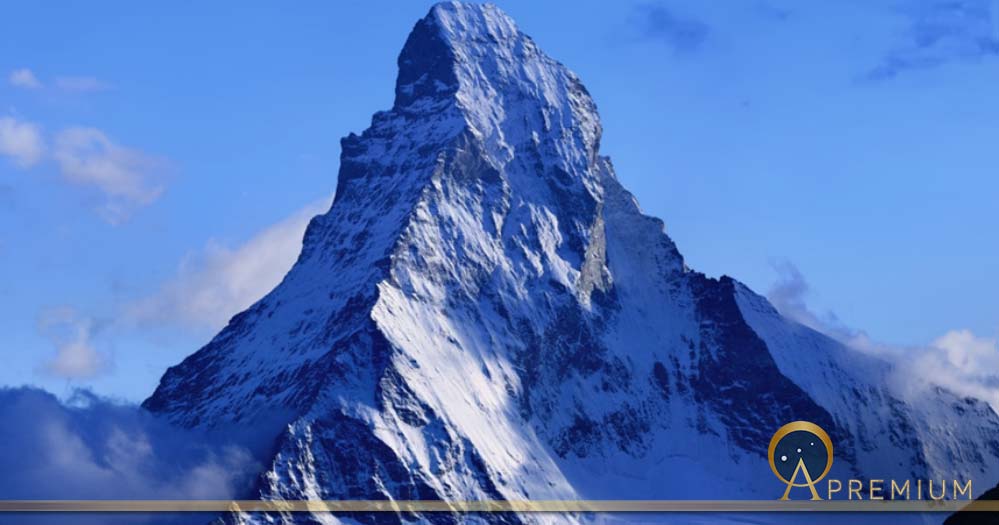Equivocal Pyramids All Over The World
There is perhaps no shape on earth so thought-provoking and awe-inspiring as a pyramid, and so mystical was this geometric form perceived in antiquity, that it was adopted for the graves and grand tombs of powerful leaders. Beginning with the ziggurats of Mesopotamia, built with sun-dried adobe bricks and covered with fired bricks, pyramids can be found in Egypt, Sudan, Mexico, Peru and across Asia. However, strewn among the great masonic achievements of antiquity, over the last 100 years, several dubious pyramids have confused archaeologists and the general public.

Anu ziggurat and White Temple at Uruk. The Anu Ziggurat was the precursor to the pyramids in Egypt and dates to around 4000 BC, and the White Temple was built circa 3500 BC. (Public Domain)
The tallest of the three famous pyramids at Giza, Egypt, rises 152.4 meters (500 feet) into the sky and covers an area of around 13 acres. Ancient Egyptians believed sacred possessions in this life would help their ka (soul) in the Afterlife. Because some pyramids were equipped with ‘bathrooms’ it can be speculated that the structures served as a sort of safehouse in the Otherworld, which meant precautions were taken to protect the pyramids and tombs from looters. Ancient architects went to great lengths to assure the entrances to pyramids and tombs were carefully hidden, and it worked, for although many pyramids have had their outer limestone layers removed, they still stand today as soul time capsules created by once-great civilizations.

The Egyptian pyramids of the Giza plateau, built circa 2600 BC. ( BRIAN_KINNEY / Adobe Stock)
The origin of the word ‘pyramid’ is a point of academic argument, with some claiming the etymology comes from the Egyptian word ' pimar' while others refer to the Greek word ' pyramis,' or pyre, meaning the action of piling pairs of logs to create a pyre. Even though complexity is found in the largest pyramids in the ancient world, the shape is a simple type of human stone construction. All the builder has to do is pile sand, mud or stones on top of each other going as high as the pile will go, and this exceptionally stable structure adheres to the same laws of gravity that shapes pyramidal hills and mountains.

Maoling Mausoleum and tomb (Acstar/ CC BY-SA 4.0) and You Tube video
The Great White Pyramid Of China
In 1945 US Airforce pilot James Gaussman was flying between India and China when he spotted an enormous ‘pure white pyramid’ with a capstone made of ‘a huge piece of jewel-like material that could have been crystal’.
READ MORE…
Like this Preview and want to read on? You can! JOIN US THERE ( with easy, instant access ) and see what you’re missing!! All Premium articles are available in full, with immediate access.
For the price of a cup of coffee, you get this and all the other great benefits at Ancient Origins Premium. And - each time you support AO Premium, you support independent thought and writing.
Ashley Cowie is a Scottish historian, author and documentary filmmaker presenting original perspectives on historical problems, in accessible and exciting ways. His books, articles and television shows explore lost cultures and kingdoms, ancient crafts and artifacts, symbols and architecture, myths and legends telling thought-provoking stories which together offer insights into our shared social history. www.ashleycowie.com.
Top Image: The near-symmetric pyramidal peak of the Matterhorn stands in the Alps on the border between Switzerland and Italy, and at 4,478 meters (14,692 feet) high, this is one of the highest summits in Europe( Zacharie Grossen/ CC BY-SA 3.0)
By: Ashley Cowie



















